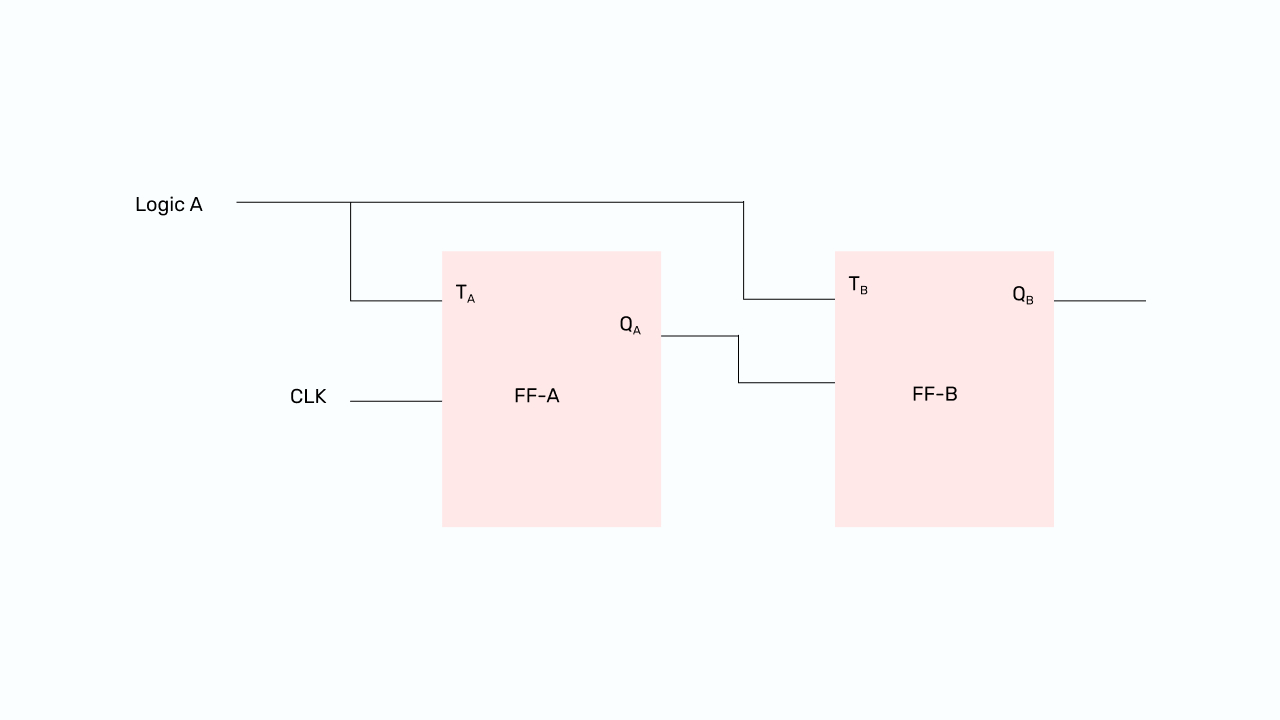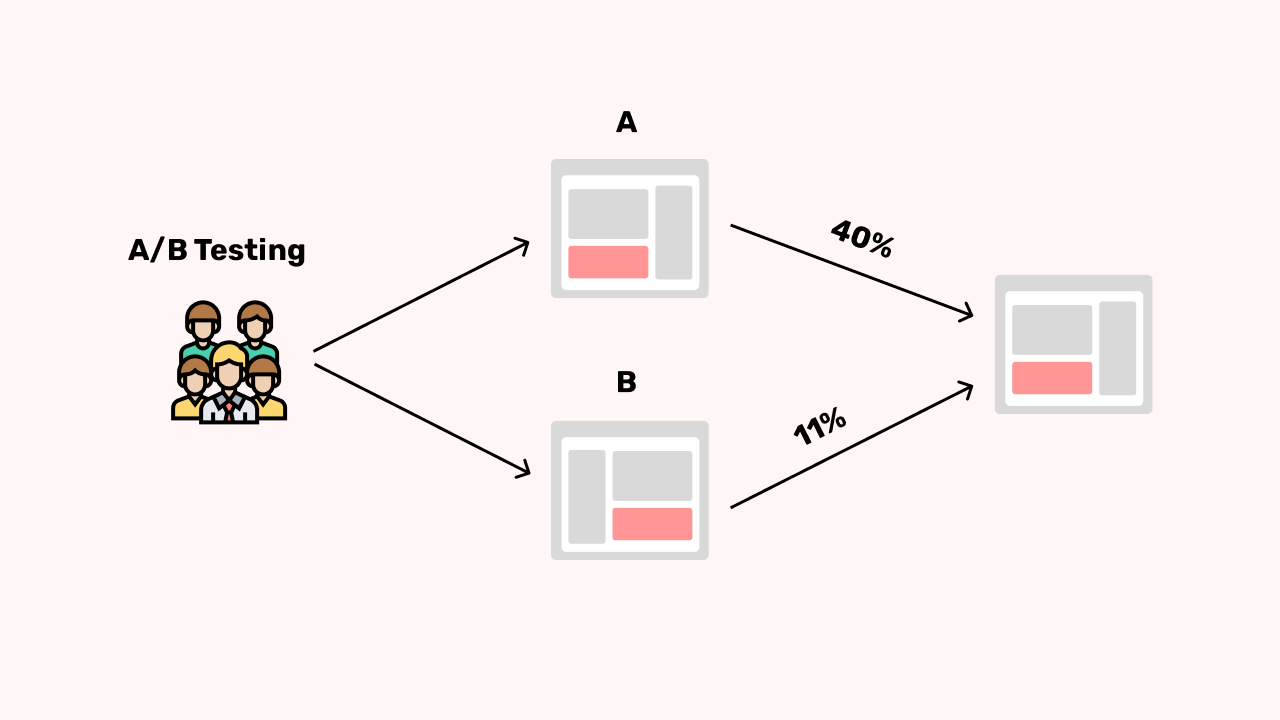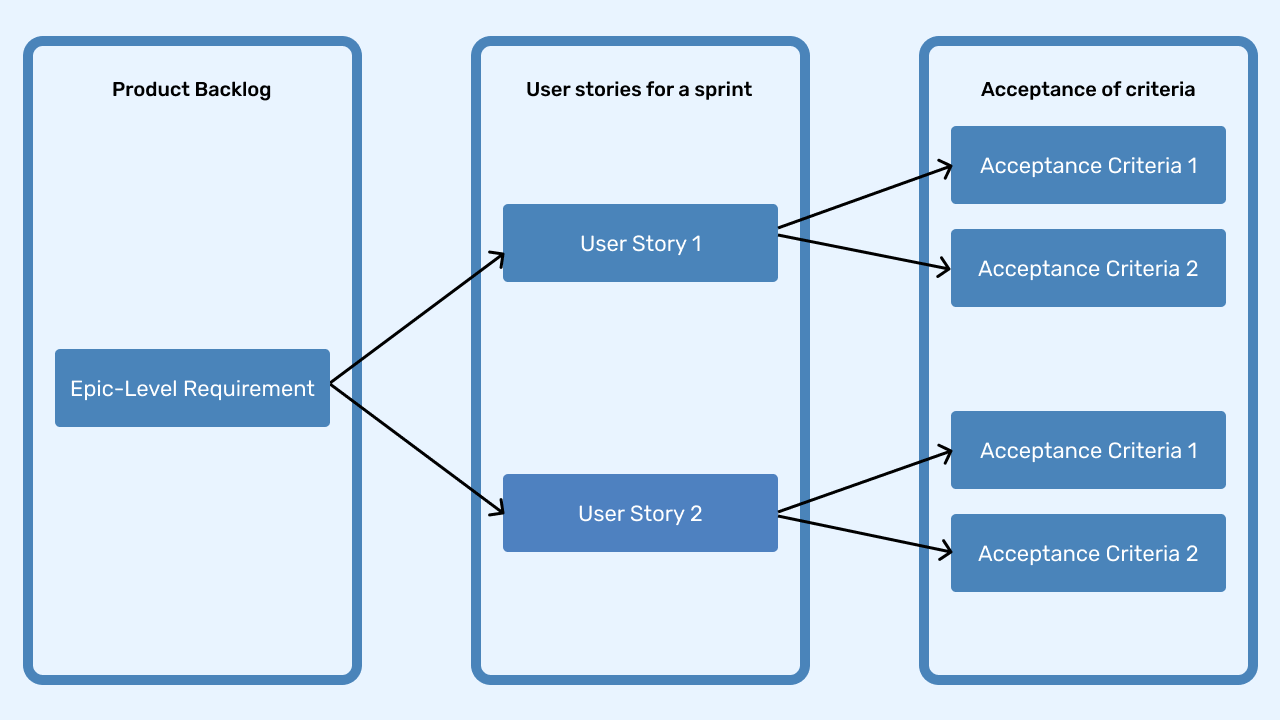What is Counters?
Overview
In digital logic and computing, a counter is a device that stores or displays the number of times a particular event or process has occurred, often in relation to a clock.
An electronic counter is a sequential logic circuit consisting of a clock input signal and a set of output signals that represent an integer "count" value. At each eligible clock edge, the number of circuits will increase or decrease, depending on the circuit design). When the count has reached the end of the counting sequence; i.e., max count when increasing and zero counts when decreasing. After that clock will cause the count to overflow or underflow, and the counting sequence will begin.
Internally, counters use flip-flops to represent current counts and maintain calculations between clocks. Depending on the type of counter, the output may be a direct representation of the counts (a binary number), or it may be encoded.

LET’S WORK TOGETHER
Boost your design scope with HealXRlabs
Book a call with us and get the party started!
Book A Demo


